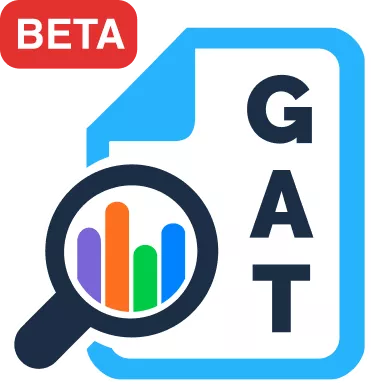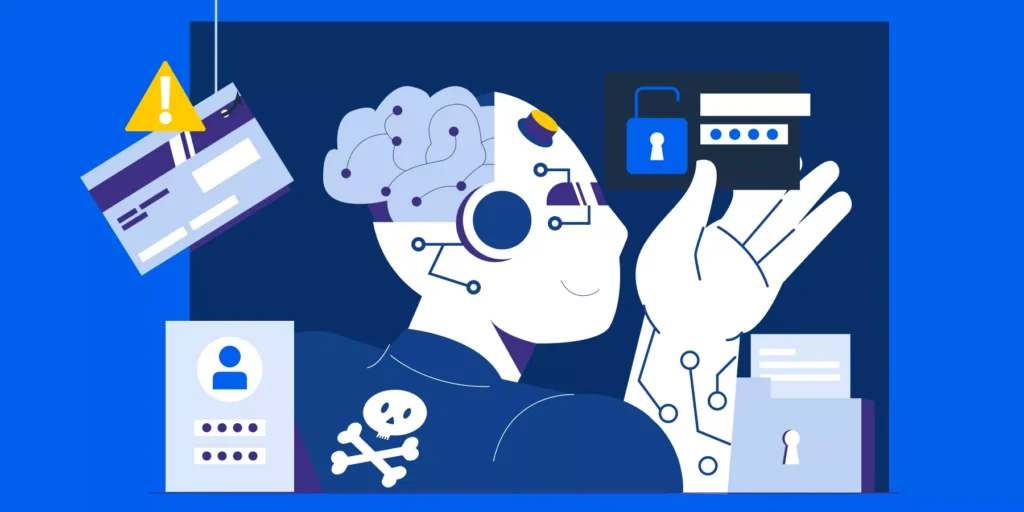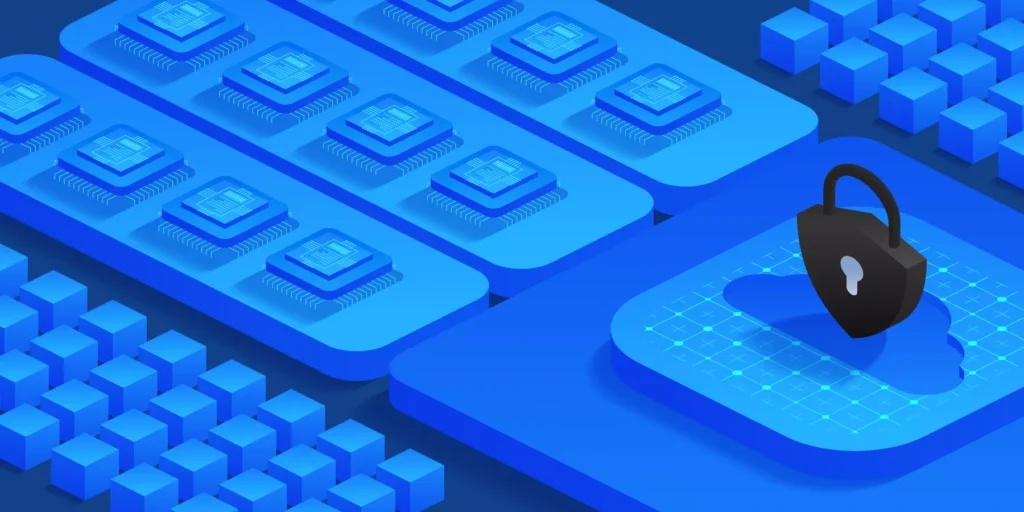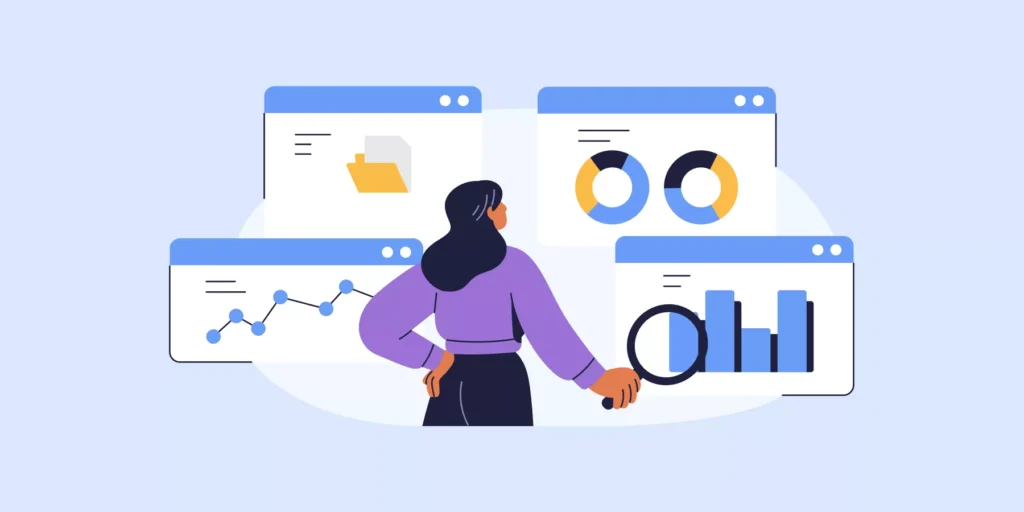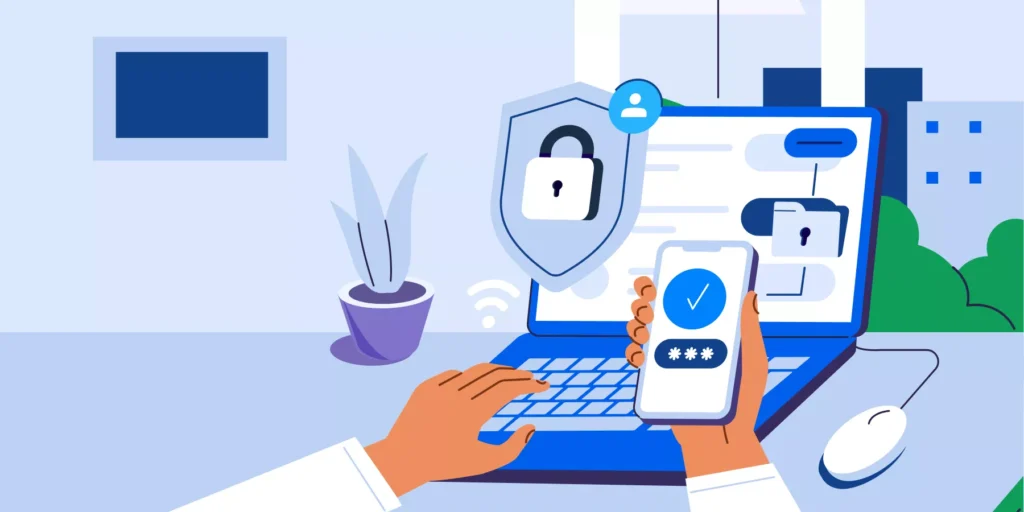As cyber threats continue to rise, organizations of all sizes face increasing challenges in securing sensitive data. For Google Workspace administrators, ensuring the safety of user accounts and corporate data is paramount. One of the most effective ways to do this is by implementing Multi-Factor Authentication (MFA), a critical layer of defence that requires users to verify their identity through multiple methods before gaining access.
In this guide, we’ll cover everything Google Admins need to know about MFA, its benefits, how to implement it effectively in Google Workspace, and how GAT Shield can enhance your security for Chrome users.
What is Multi-Factor Authentication (MFA)?
Multi-Factor Authentication (MFA) adds an extra layer of security to the standard username and password login. Users provide at least two verification methods to confirm their identity:
- ▪️ Something they know (e.g., a password)
- ▪️ Something they have (e.g., a phone or hardware key)
- ▪️ Something they are (e.g., fingerprint or facial recognition)
This significantly reduces the risk of unauthorized access, even if a user’s password is compromised.
Different Types of MFA for Google Workspace
MFA offers flexibility depending on your security needs. The most common types include:
- ▪️SMS-Based MFA: A one-time passcode is sent via text message. Easy to set up but vulnerable to SIM-swapping attacks.
- ▪️ Authenticator Apps: Apps like Google Authenticator generate time-based codes. More secure than SMS-based MFA.
- ▪️ Hardware Security Keys: Devices like YubiKey offer strong protection and are phishing-resistant but require a physical key.
- ▪️ Biometric Authentication: Uses fingerprints or facial recognition. Highly secure but requires compatible devices.
- ▪️ Push Notifications: Prompts sent to a phone for login approval. Convenient but requires mobile access.
Google Workspace supports multiple MFA methods, and GAT Shield adds an extra layer of protection by continuously monitoring user sessions for suspicious activity.
How to Choose the Right MFA Method
Selecting the right MFA method for your organization depends on balancing security needs with user convenience. Consider these factors:
- ▪️ Risk Level: High-risk accounts (e.g., admin or finance) should use stronger methods like hardware security keys or biometric authentication.
- ▪️ User Accessibility: For distributed teams, use SMS-based MFA or authenticator apps to ensure ease of access.
- ▪️ Convenience vs. Security: Push notifications and SMS are convenient, but hardware keys and authenticator apps offer better phishing protection.
- ▪️ Compliance: Certain industries require stronger MFA, such as hardware security keys, to meet regulatory standards.
Common Security Challenges Google Admins Face
Google Admins are responsible for safeguarding large amounts of corporate data across multiple user accounts, all while ensuring a seamless user experience. Here are some common pain points:
- ▪️ Phishing attacks: Users can easily fall prey to phishing scams, leading to compromised credentials.
- ▪️ Weak password habits: Employees tend to reuse passwords or choose weak ones, making it easier for attackers to breach accounts.
- ▪️ Increasing volume of user requests: Admins often spend significant time managing password resets and account recoveries, which detracts from other important tasks.
- ▪️ Balancing security with user experience: Implementing strict security protocols can sometimes disrupt user productivity.
MFA directly addresses these pain points by introducing stronger authentication measures that mitigate phishing risks, enforce better login habits, and reduce the workload on IT staff.
Protecting Google Workspace from Data Breaches
While MFA significantly reduces the risk of unauthorized access, it’s just one layer of security. For a comprehensive approach to safeguarding your Google Workspace, check out our detailed guide on Google Workspace Data Breach Prevention.
This blog covers essential tips and strategies for preventing data breaches, ensuring that your organization’s sensitive information remains secure.

The Benefits of Implementing MFA in Google Workspace
Here’s why every Google Admin should prioritize MFA:
- ▪️ Reduced Account Breaches: Even if a password is compromised, an additional verification step, like a one-time passcode or biometric data, prevents unauthorized access.
- ▪️ Protection Against Phishing: Attackers can’t gain access without the second factor, even if they obtain a password.
- ▪️ Compliance and Data Security: MFA helps meet regulatory requirements in industries like finance and healthcare.
- ▪️ Reduced Password Management: Fewer password resets and account recoveries lighten the IT workload.
- ▪️ Increased User Confidence: When users feel secure, they are more likely to trust and engage with the platform.
Best Practices for Implementing MFA in Google Workspace
For a seamless MFA implementation, consider these best practices:
- 1. Use Google Authenticator or Security Keys: Choose the most secure methods, and ensure users are trained.
- 2. Enforce MFA for High-Risk Accounts: Prioritize IT admins, finance, and HR for MFA implementation.
- 3. Educate Users on Phishing: Regular training on phishing and security protocols is essential.
- 4. Monitor Login Activity: Flag suspicious logins or multiple failed attempts to take swift action.
- 5. Incorporate Alerts: Set automated alerts for unusual activity to quickly respond to threats.
Why GAT Shield is Essential for Chrome Users
While Google Workspace has strong built-in security, GAT Shield adds another layer of protection for Chrome users. Here’s how:
- ▪️ Continuous, Live, In-Browser 3-Factor Authentication: GAT Shield goes beyond standard MFA by continuously monitoring Chrome sessions. If unusual activity is detected, users must re-authenticate in real-time.
- ▪️ Advanced Monitoring and Alerts: Track user behaviour and flag suspicious activity to prevent unauthorized access.
- ▪️ Centralized Security Dashboard: Manage MFA settings, monitor user activity, login control, and enforce security protocols from one centralized platform.
By integrating GAT Shield with your Google Workspace security strategy, you not only safeguard data but also streamline management and ensure compliance.

Final Thoughts
In today’s landscape of ever-evolving cyber threats, implementing Multi-Factor Authentication (MFA) is no longer optional—it’s essential. For Google Workspace admins, MFA provides a robust defence against unauthorized access, phishing attacks, and weak password practices. By choosing the right MFA methods, you can safeguard your organization’s sensitive data and streamline user management.
As part of a comprehensive security strategy, MFA significantly reduces the risk of breaches, ensures compliance, and fosters greater trust among users. Don’t leave your security to chance—take proactive steps today.
Ready to elevate your Google Workspace security? Explore GAT Shield and protect your organization with the highest level of authentication and user monitoring.
Insights That Matter. In Your Inbox.
Join our newsletter for practical tips on managing, securing, and getting the most out of Google Workspace, designed with Admins and IT teams in mind.

